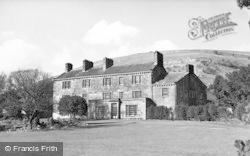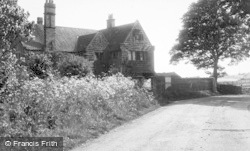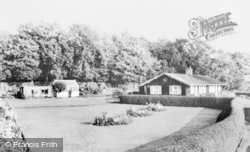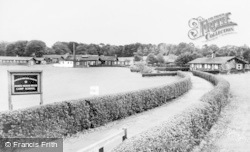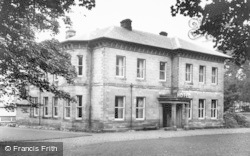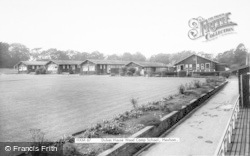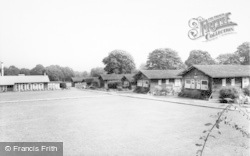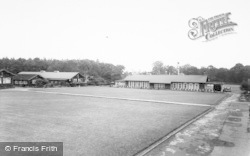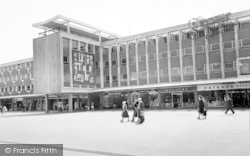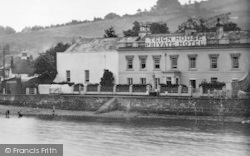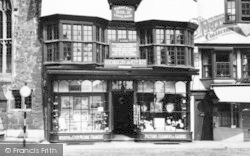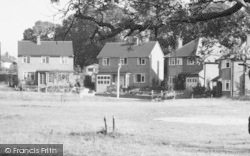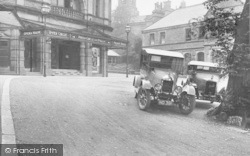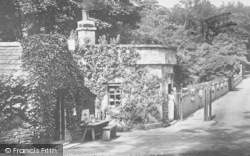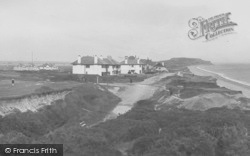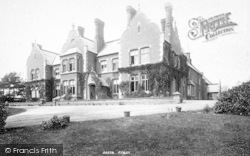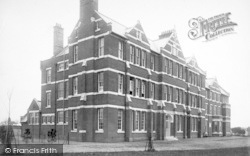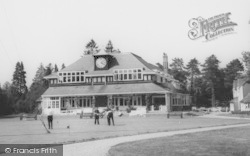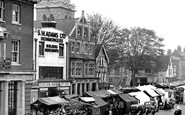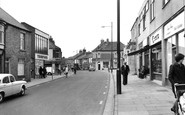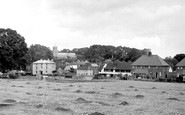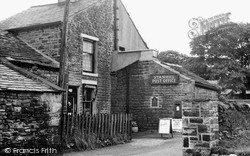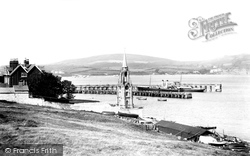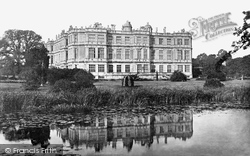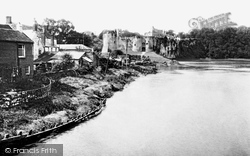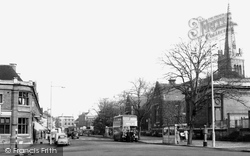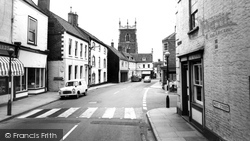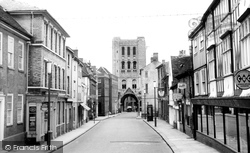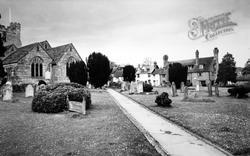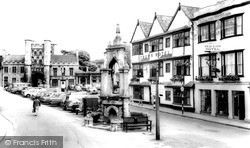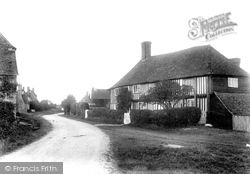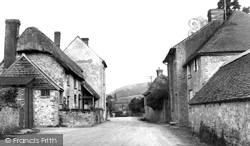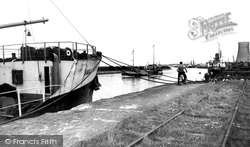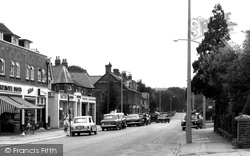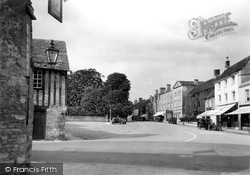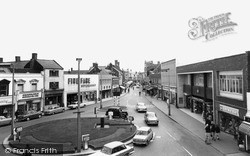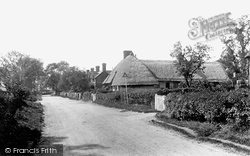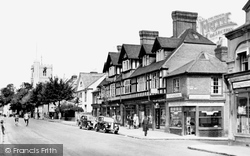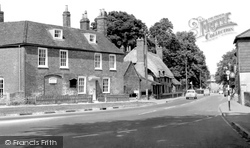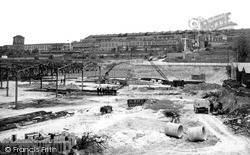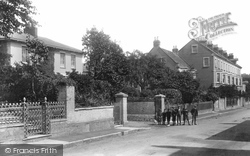Places
36 places found.
Those places high-lighted have photos. All locations may have maps, books and memories.
- Chatsworth House, Derbyshire
- Osborne House, Isle of Wight
- Brambletye House, Sussex
- Ickworth House, Suffolk
- Kingston Lacy House, Dorset
- Boscobel House, Shropshire
- Preshute House, Wiltshire
- Bolton Houses, Lancashire
- Brick Houses, Yorkshire
- Quaking Houses, Durham
- Water Houses, Yorkshire
- Bottom House, Staffordshire
- New House, Kent
- Mite Houses, Cumbria
- Lyneham House, Devon
- Church Houses, Yorkshire
- Dye House, Northumberland
- Spittal Houses, Yorkshire
- Street Houses, Yorkshire
- Tow House, Northumberland
- Halfway House, Shropshire
- Halfway Houses, Kent
- High Houses, Essex
- Flush House, Yorkshire
- White House, Suffolk
- Wood House, Lancashire
- Bank Houses, Lancashire
- Lower House, Cheshire
- Marsh Houses, Lancashire
- Chapel House, Lancashire
- Close House, Durham
- Guard House, Yorkshire
- Hundle Houses, Lincolnshire
- Hundred House, Powys
- Thorley Houses, Hertfordshire
- School House, Dorset
Photos
6,747 photos found. Showing results 5,501 to 5,520.
Maps
370 maps found.
Books
Sorry, no books were found that related to your search.
Memories
10,363 memories found. Showing results 2,751 to 2,760.
Caerau Families From The Past
Hi I am wondering if anyone can help. My mum Annie Louisa Deere (who sadly past away last year with Alzheimer's) was born in Caerau in 1925, her father's name was Thomas Deere, and her mother was Florence. I know ...Read more
A memory of Caerau by
Early Childhood In Romford
I was born in 1953 and lived for the first 3 years in an old house in Junction Road (Number 8) with my parents and Mum's mum (Granny). The back garden of the house seemed to be a jungle and had its end boundary with ...Read more
A memory of Romford by
Shops And Shopping
I remember spending my pocket money in Adcocks and Percivals, at the top of Duke Street. He had a terrific range of toys for a small town shop, from toy soldiers to model railways. He had a working model railway set ...Read more
A memory of Princes Risborough
Police Houses
I used to live with my aunt and uncle at 10 the Crescent from 1948 to 1954. It was a fantastic life there with woods to play in, and streams to divert. An absolute paradise. As young children we could play all day in the woods in ...Read more
A memory of Hindlip in 1948 by
Childhood
I moved with my parents from Great Dunham in 1935 when I was 2 years old to no 12 which was demolished long since. We had no electricity or running water, just a well in the back garden. I went to the local school when I was 5, Miss ...Read more
A memory of East Lexham by
Moving To Shevington
My first memories of Shevington were moving to the council estate on a very wet day and trudging through deep brown clay which served as the road. At that time there was only one grocery store opposite the entrance to ...Read more
A memory of Shevington in 1952
A Long Time Ago
My Godmother Ruth Pallister came from Shildon. Her father and mother owned a shop there, and she would recount the story of a bull or steer that escaped from the local slaughter house, and pushed its head through the shops front ...Read more
A memory of Shildon in 1910 by
Happy Times In Firbeck
My memories of Firbeck are wonderful and I share them with many people. I lived there for around 8 years and my Dad was the village policeman so we lived in the then policehouse near the top of the village. We used to wait ...Read more
A memory of Firbeck in 1960 by
The Yanks Who Lived In Kelsale For A Bit
I don't know if anyone remembers us. My father was stationed at Bentwaters and he, my Mom, my two brothers and I lived in Kelsale for three years from 1967 through 1970. They were three of the best years of ...Read more
A memory of Kelsale in 1967 by
Various Memories
My parents visited Knott-End-on-Sea many times, particularly in the September before I was born in March 1932. We used to stay at a house in Lune View with a family called Butler and Mrs. Butler nursed me many times when ...Read more
A memory of Knott End-on-Sea in 1930 by
Your search returned a large number of results. Please try to refine your search further.
Captions
6,914 captions found. Showing results 6,601 to 6,624.
Because of his new invention and the new mechanisation it brought about, many people were forced out of their rural homes to work in the factories, and he was forced out of this house and the area.Apart
Brought from London, it marked the north- eastern corner of contractor Thomas Docwra's Grove House estate.
However, water power can be unreliable, so the shed on the left with the chimney housed a steam engine to power the machinery if the water was too low.
Ancestral home of the Marquesses of Bath, and sometimes described as the first true Renaissance house in England, Longleat was built by Sir John Thynne between 1547 and 1580.
Farther downstream from here on the other side of the bridge were the premises of the Wye Fisheries, Stuart House.
Horse-drawn ambulances, taxi cabs, flat wagons, and even a horse bus were used to convey the patients down to the new Royal Infirmary on Oxford Road.
In this view are three of the best buildings in the town: the medieval parish church; the more modern columned art gallery of 1913, which was built to house the work of a noted local artist, Alfred East
The grocers' shop has now been incorporated into the George public house. West Street, whose sign (right) has now gone, is the route to Horncastle and Lincoln.
This had been the Norfolk Coffee House; it was rebuilt in white brick in 1838.
St Peter's Cottage, once a priest's house and now a restaurant, has an inglenook fireplace with a cast iron Sussex fireback of 1657.
In the background (centre) is the Market House, erected in 1836, which was converted to the post office in 1923 by building between and behind its open colonnade.
Beyond the house, on the right, we can just glimpse a chapel.
The varying height of the old houses built of flint and stone with thatch and tile, contrasts with the varying width of the roadway. It is now a village where artists like to work.
The gatehouse was then converted to a domestic house, and it is now the city's folk museum.
Ellesmere Port was a favourite dock for timber from Russia and Scandinavia; from here it was moved all over the north for house building.
The now-closed railway arrived in 1847, but since there were few houses, a station was not built until 1872. There were just five villas here in 1888 when Lord Wimborne built the school.
The Market Place, shown here, has fine 17th- and 18th-century buildings; the 3-storey ashlar-faced house right of centre is a fine example, with its rusticated ground floor stonework, fine pediment
The modern architecture sits very uncomfortably with the earlier buildings – an example is the Fine Fare building, which now houses Super Drug.
Sad to say, the fine thatched house and barn have not survived; only the row of Rose Cottages stand today as a reminder of the tiny village of Wyddial.
Pilkingtom Manor, mostly hidden by the trees on the left, was demolished in 1959, and today only the Dower House (the white gabled building in the centre of the photograph) survives.
The black and white marks on the kerbstones in front of Jane Austen's house make drivers aware of the junction, increasing forward visibility.
His timing proved providential, as his skills were in demand by the families who were moving into the then new houses being built throughout the town.
On 9 September 1940, a parachute mine was dropped on Park Street, destroying 46 houses and making 100 people homeless. On 21 October, bombs rained down, damaging 400 homes.
The houses ae Polly's and Clayhanger (left) and Stoke Lodge (cetre) with the terraces being No 16 to No 6 (right).
Places (80)
Photos (6747)
Memories (10363)
Books (0)
Maps (370)



